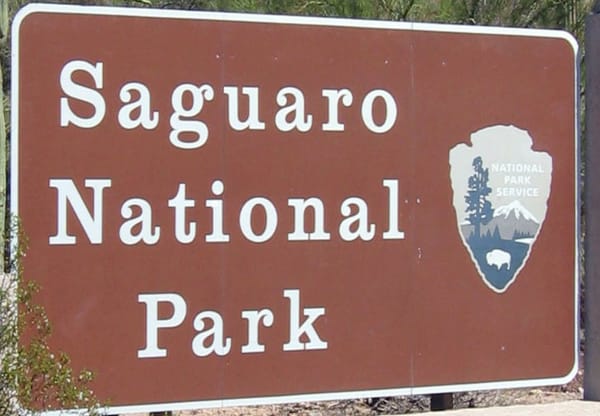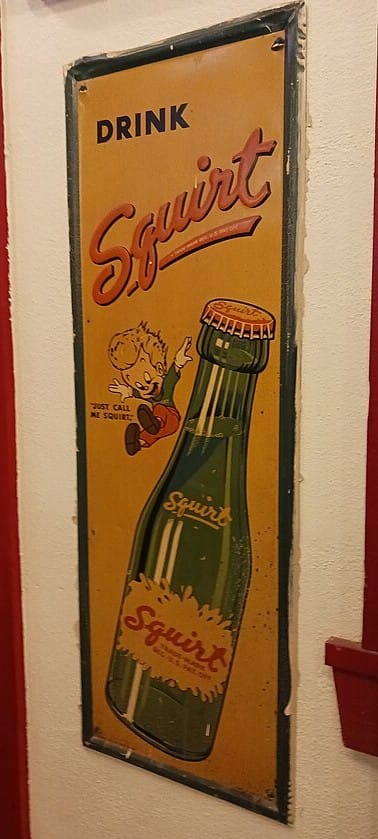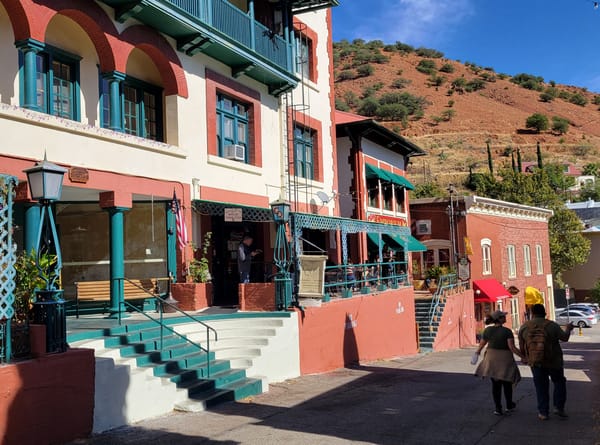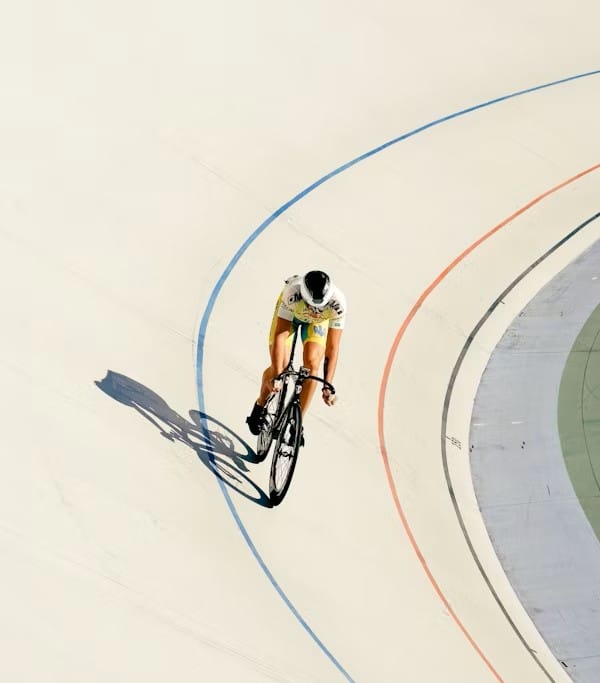5 Quirky Roadside Attractions in Tucson
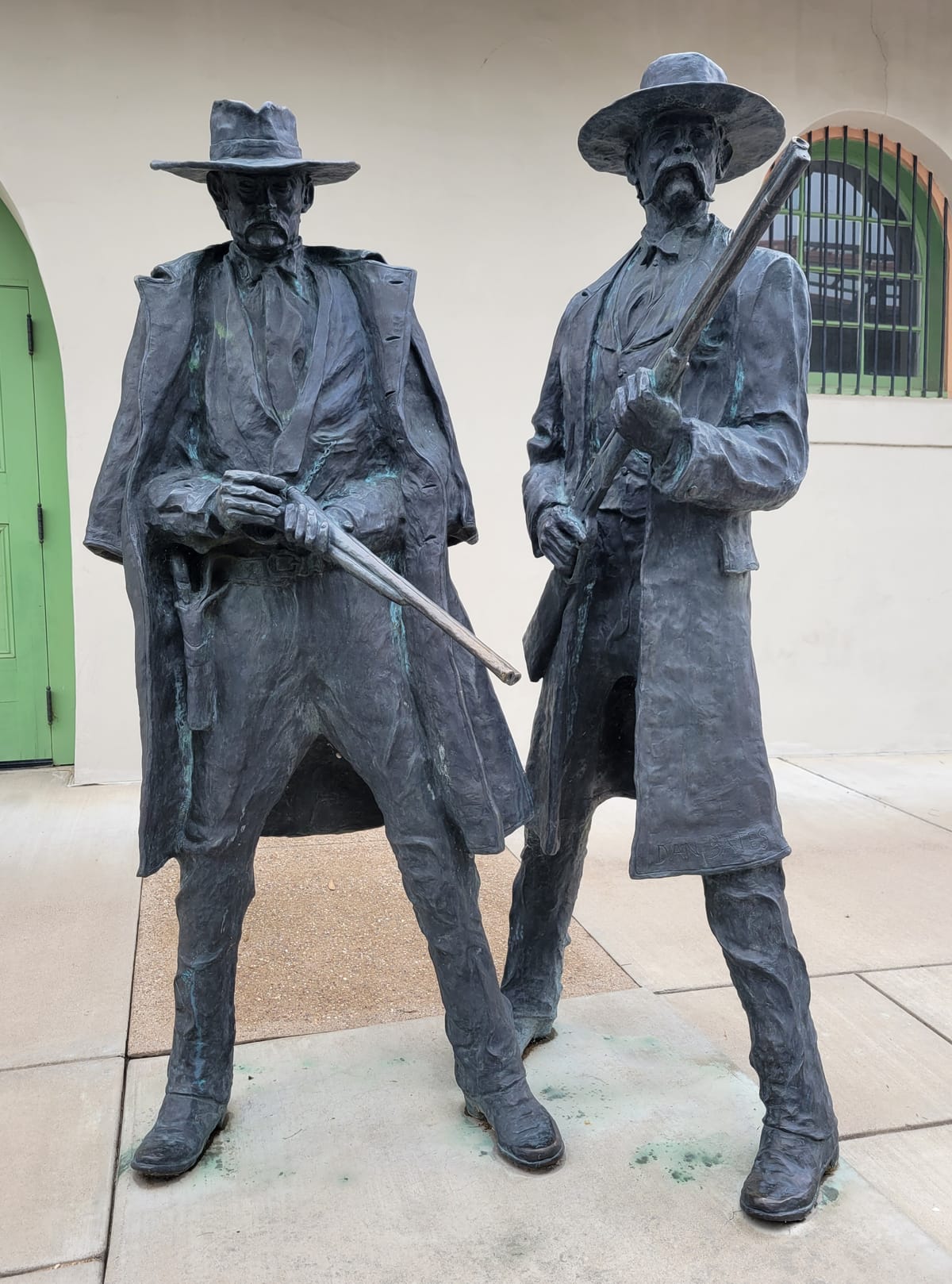
Driving through Tucson means more than desert scenery and mountain views. The city is filled with unusual roadside landmarks that grab attention and tell their own stories. These attractions range from historic neon signs to oversized mascots and even a bridge shaped like a rattlesnake. They may not always appear in glossy travel brochures, but they are the kind of stops that give Tucson its unique character. For anyone exploring southern Arizona, they offer a quick look at the city’s mix of history, art, and offbeat charm.
Gateway Saguaro Neon Sign
Standing tall at the edge of downtown is the Gateway Saguaro, a neon landmark created by Tucson artist Dirk Arnold. The glowing green cactus with bold red “Tucson” lettering was designed to celebrate the city’s desert character while also serving as a bright welcome to anyone arriving from the north side. Lit each evening, the sign captures attention immediately and has become a favorite spot for photos. Arnold’s work fits into Tucson’s tradition of blending art with roadside culture, turning an ordinary entrance into something memorable. The Gateway Saguaro is simple in design but powerful as a symbol, showing how one piece of neon art can represent an entire city.
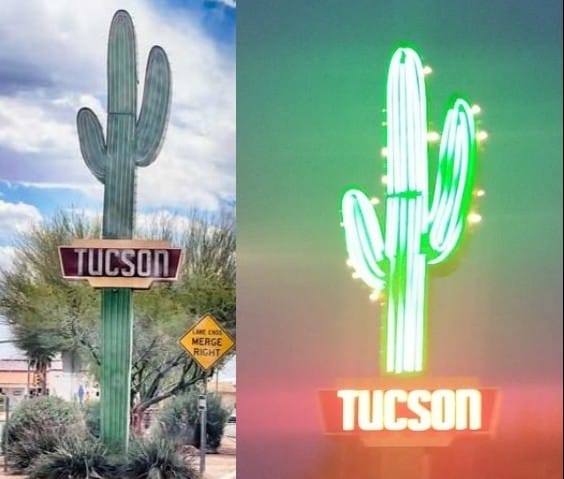
You can find the sign in the median of North Oracle Road at its intersection with West Adams Street. From Interstate 10, take exit 256 for Miracle Mile and head east. After about half a mile, turn right onto North Oracle Road and continue south for two blocks. The Gateway Saguaro will be in the median on your left. It’s a busy road, so be cautious if you plan to stop for photos.
Rattlesnake Bridge
East of downtown is a pedestrian bridge designed in the shape of a giant rattlesnake. Created by artist Simon Donovan, it crosses Broadway Boulevard with a long body of steel scales, open jaws forming the entrance, and a tail at the exit. The bridge gives walkers and cyclists a safe way across the busy road while serving as a large piece of public art. Its detailed design makes it stand out to anyone passing through. The Rattlesnake Bridge is one of Tucson’s most distinctive examples of roadside sculpture.
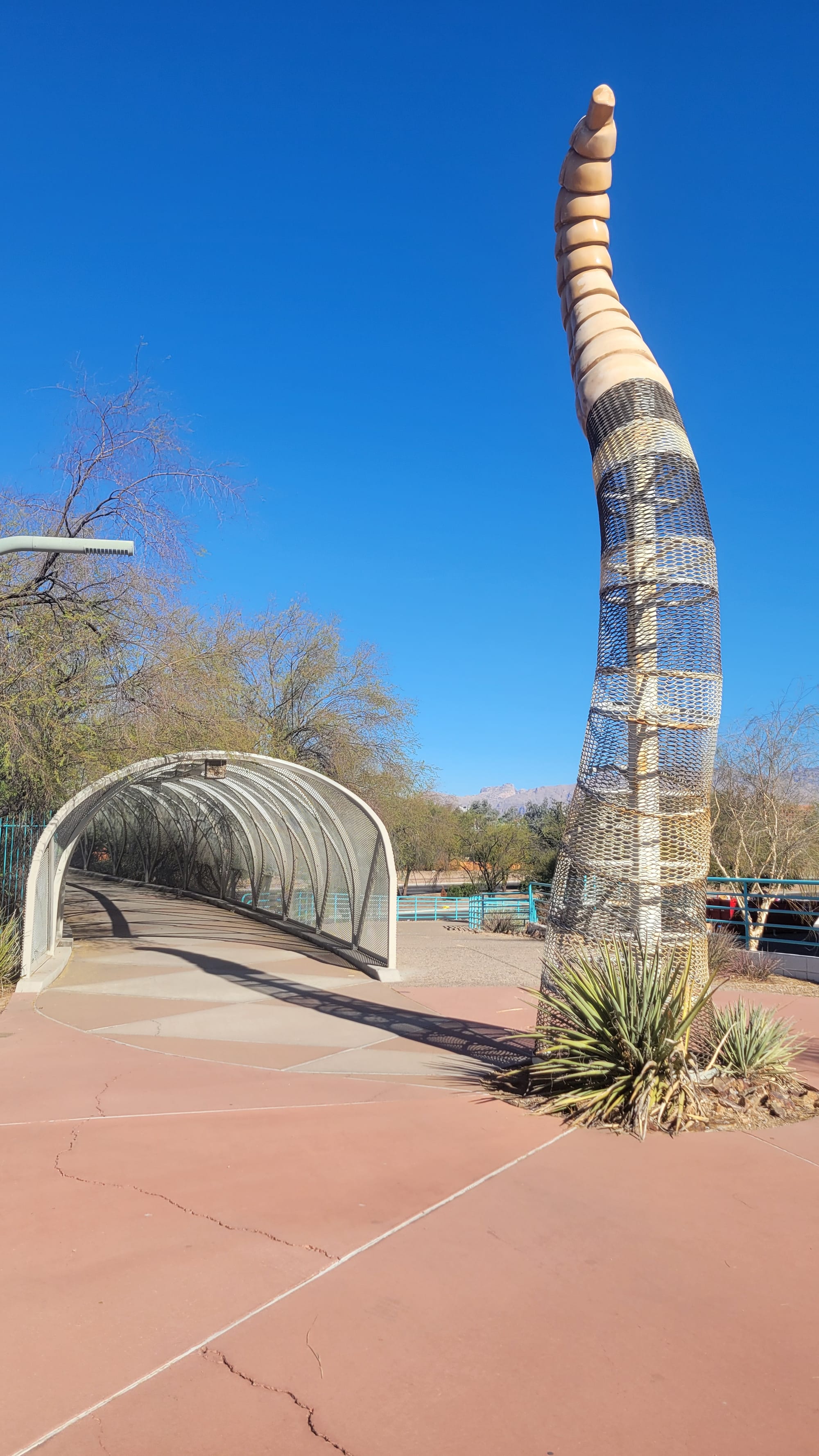
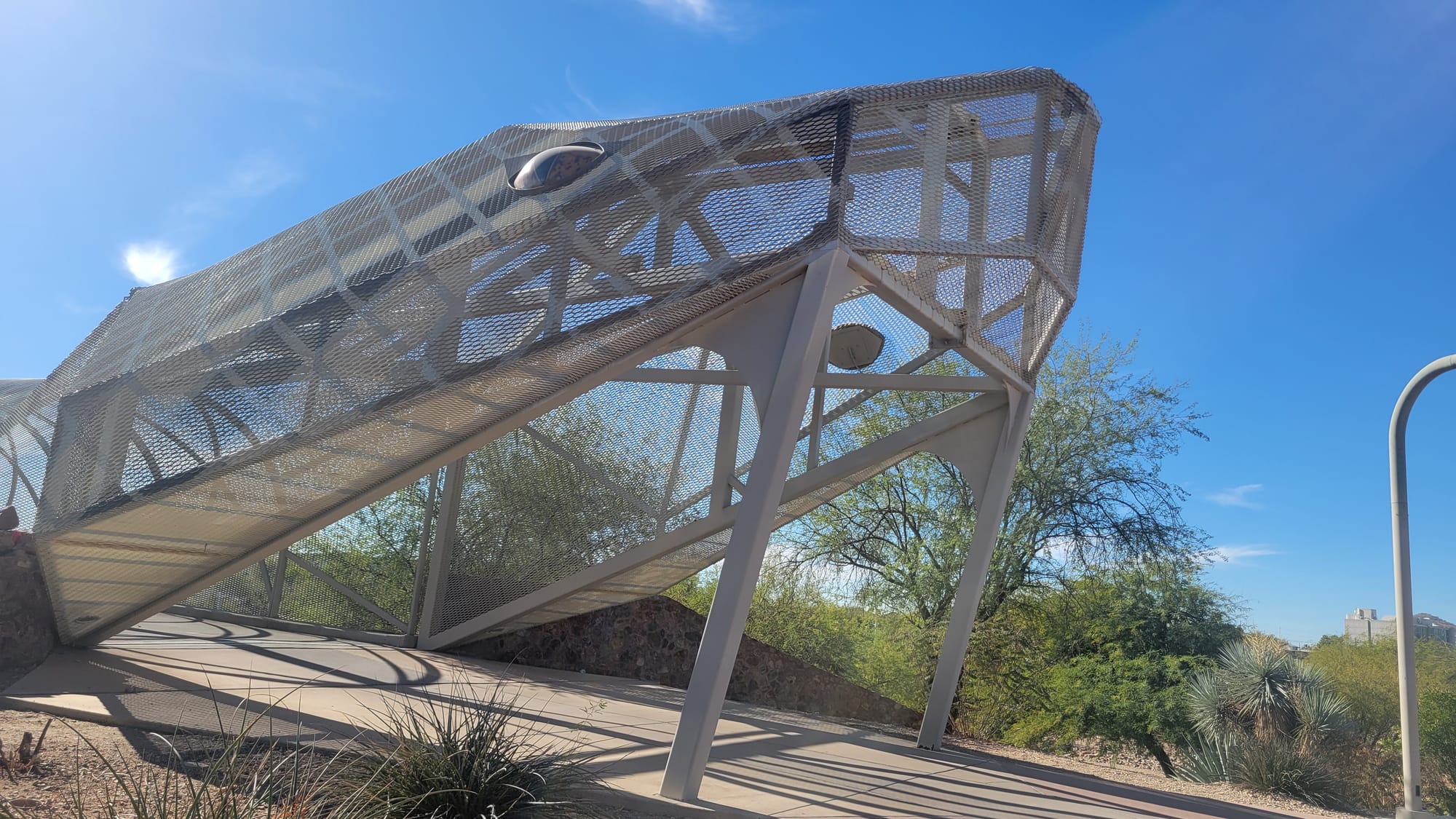
You can find the bridge between Iron Horse Park and the Aviation Bikeway where it spans Broadway Boulevard. From Interstate 10, take exit 258 for Congress Street and head east into downtown. Continue onto Broadway for about a mile, and the bridge will appear at the intersection with Euclid Avenue. Entrances are located on both sides for pedestrians and cyclists.
Big Ed at Cummings Plumbing
Towering over the freeway is Big Ed, a fiberglass plumber holding an enormous wrench. He has advertised Cummings Plumbing for decades, becoming an unofficial mascot of Tucson’s roads. Drivers on Interstate 10 can’t miss him, and locals often joke that no trip through Tucson is complete without spotting the giant plumber. Roadside advertising figures like Big Ed were once common across America, but few have lasted as long or become as beloved. He is part kitsch, part nostalgia, and all Tucson.
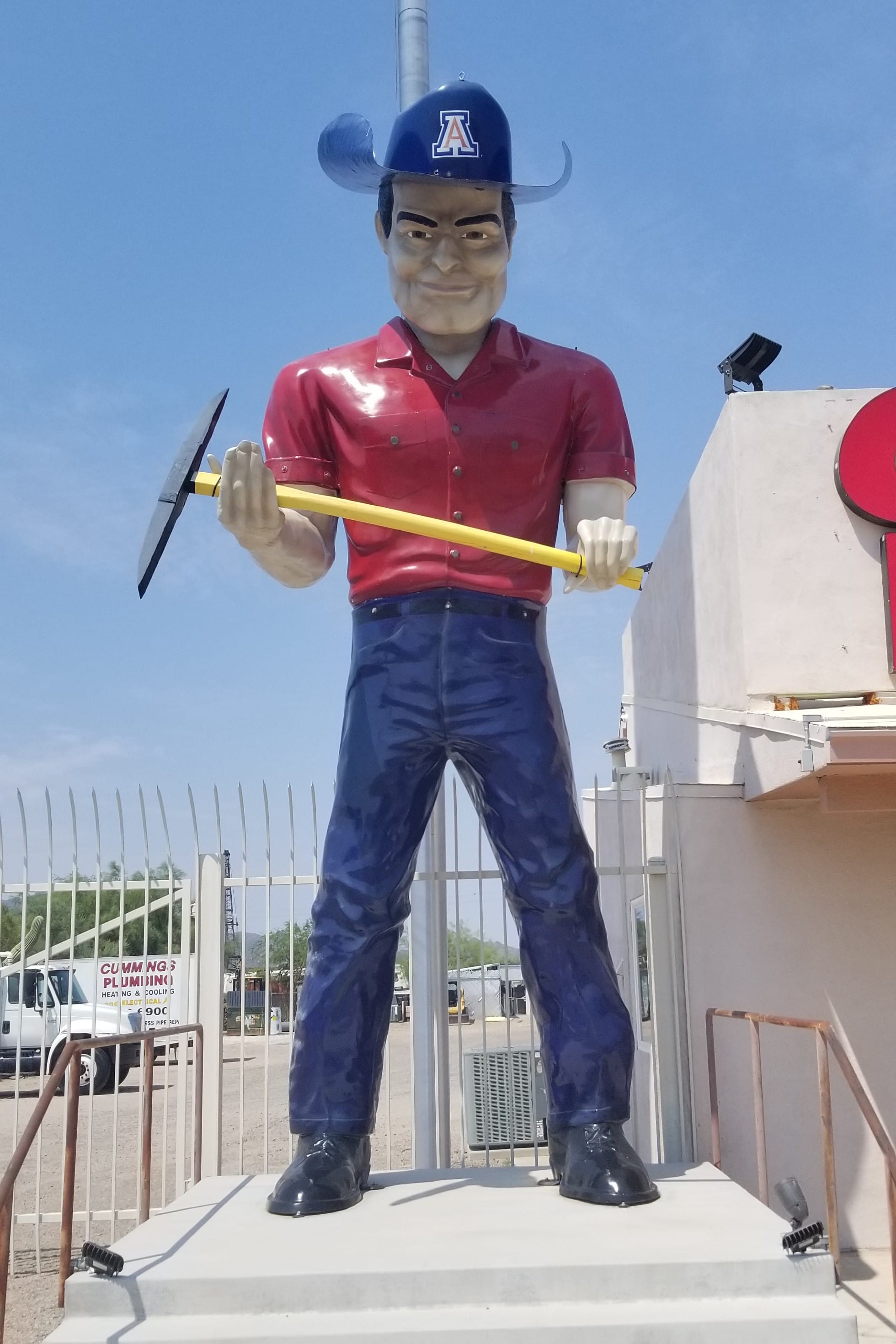
Big Ed the Muffler Man stands in front of Cummings Plumbing, Heating & Cooling at 5141 N. Casa Grande Hwy, Tucson, AZ 85743. It’s right off N. Casa Grande Highway, easy to spot from the street.
The Messenger
On East Speedway, drivers come across a massive raven perched on a cairn of salvaged concrete blocks. This public artwork, titled Messenger, was created by Caryl Clement and has become one of the city’s most striking pieces of roadside art. The raven looks both mysterious and symbolic, and it stands out in a way that makes people slow down to look twice. The sculpture blends folk art with modern public design, creating a landmark that feels both raw and intentional. It is a reminder that even everyday streets in Tucson can hold unexpected works of art.
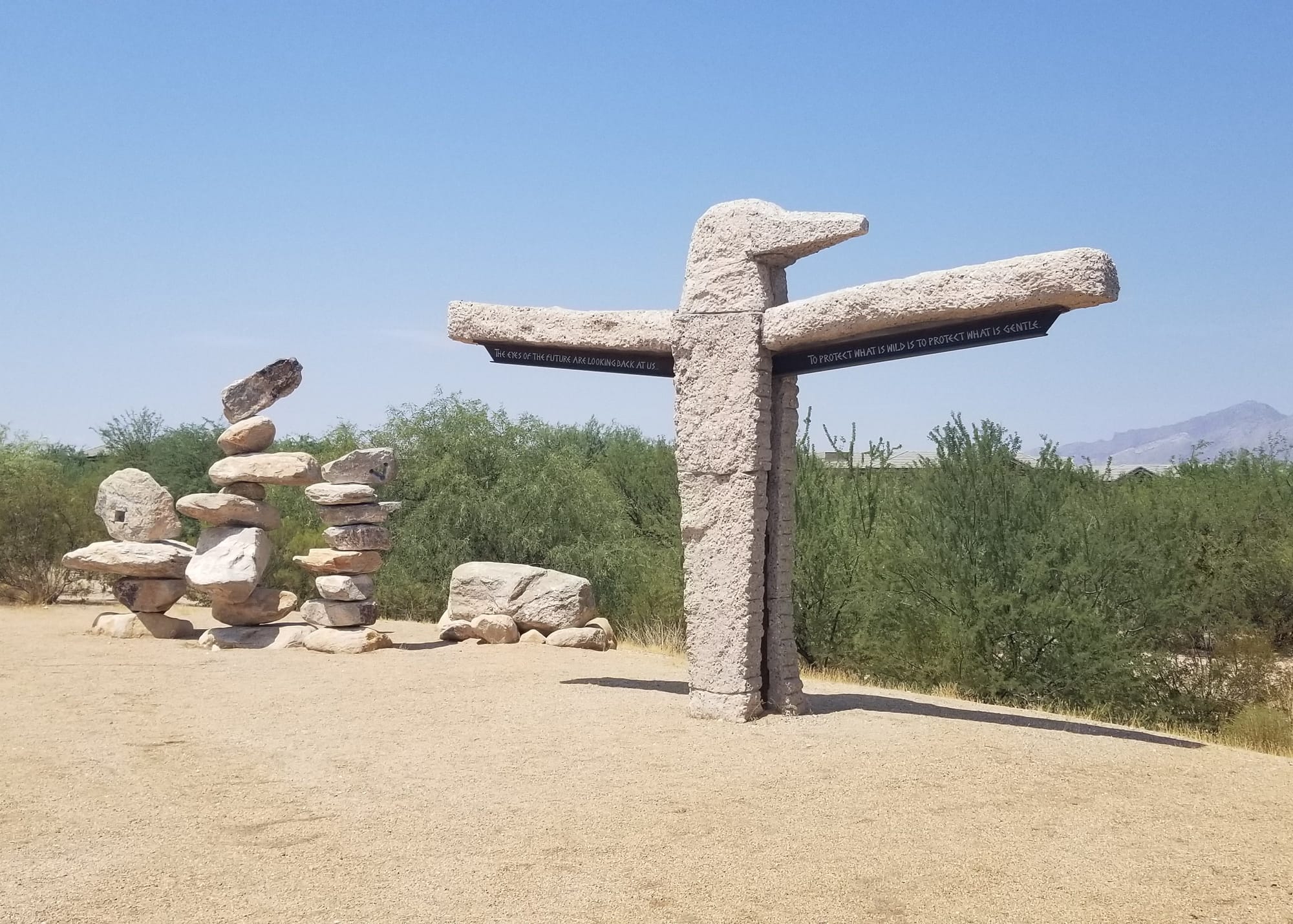
The Messenger is on the northeast edge of Tucson, positioned on the north side of East Speedway Boulevard about a quarter-mile west of its intersection with North Houghton Road. The raven-shaped sculpture stands on solid ground near the roadside, so you’ll spot it clearly as you drive past that stretch of Speedway.
Wyatt Earp and Doc Holliday Statue
Outside the historic Tucson train depot stands a bronze sculpture of Wyatt Earp and Doc Holliday, two of the most famous figures of the Old West. The piece by sculptor Dan Bates was dedicated in 2005 on the anniversary of the 1882 shooting of Frank Stilwell, who was gunned down in the nearby train yards by Earp. The event took place just months after the gunfight at the OK Corral in Tombstone and set off what became known as the Earp Vendetta Ride. The statue shows the two men side by side, captured in a moment of grim determination, and serves as a reminder of Tucson’s place in frontier history. It is a striking stop that connects the city’s modern downtown with the dramatic events of Arizona’s past.
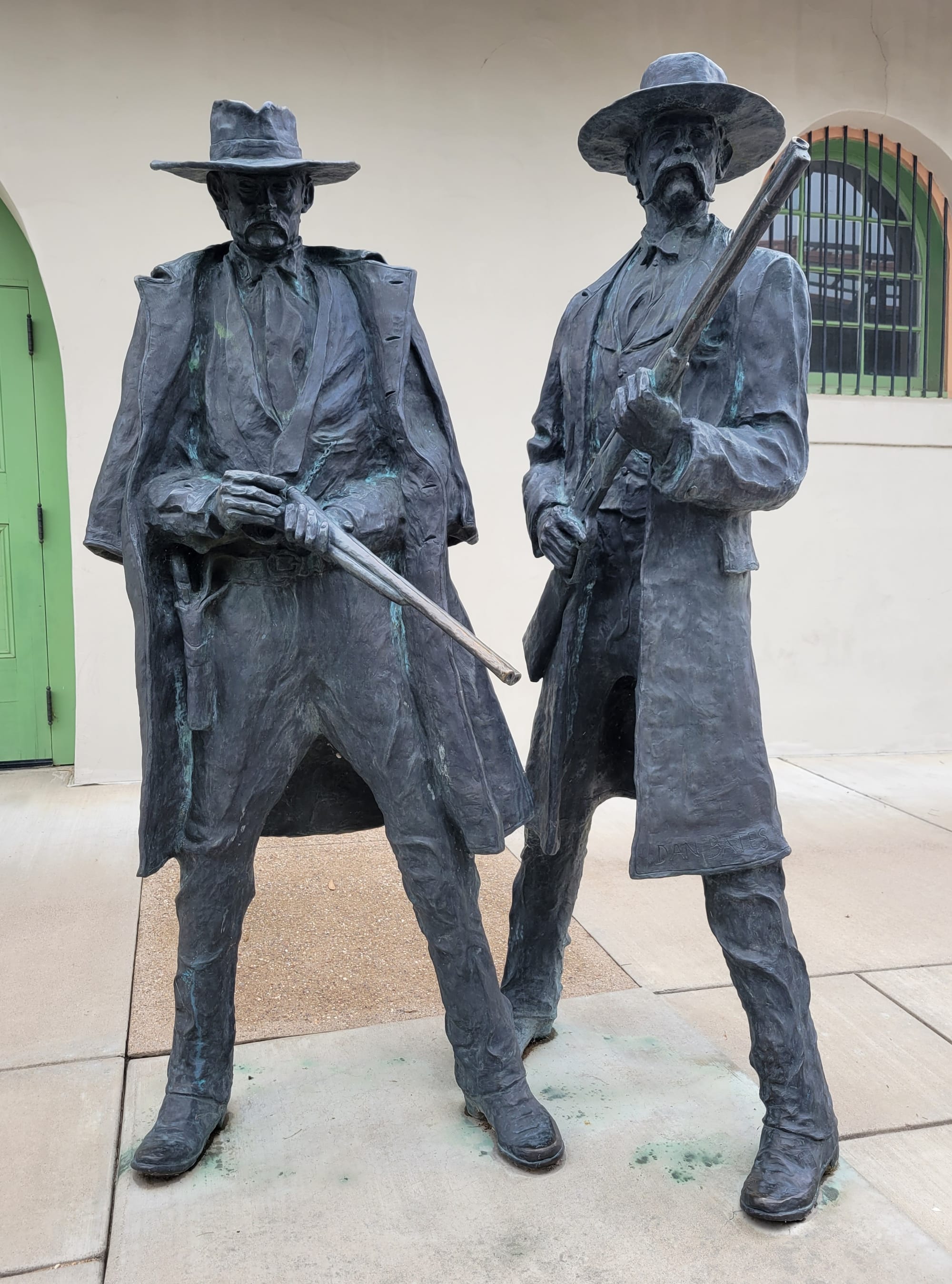
You can find the statue at the north end of the platform at the Tucson Amtrak Station, 400 North Toole Avenue. It stands outdoors and is easy to visit whether you are downtown on foot or arriving by train.
Worth the Stop
Tucson’s roadside attractions are small pieces of the city’s identity, scattered across highways and downtown streets. Each one has a story, whether rooted in history, advertising, or creative design. Together, they capture a mix of nostalgia and originality that makes Tucson stand out among desert cities. They might not be the kind of places you plan a trip around, but they add character and surprise to every drive. For anyone looking to see the personality of Tucson up close, these quirky roadside stops are worth pulling over for.
Subscribe to Roam Arizona
Sign up to get new Arizona stories, hidden gems, and updates delivered to your inbox.
You’re officially on the trail.
Peek at your inbox (or the spam gulch) for your first map.


